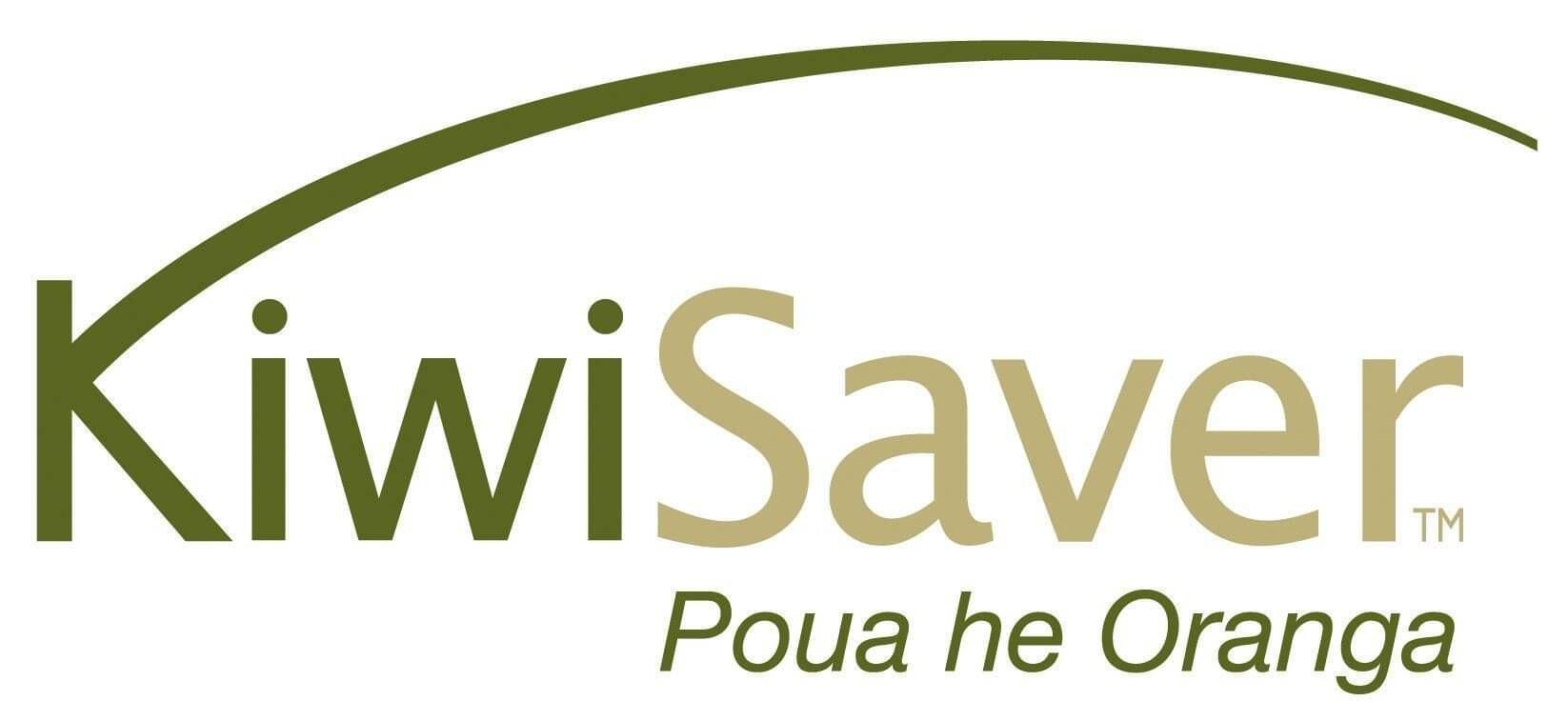This website is operated by Moneyworks NZ Ltd and is not endorsed by, or affiliated with, the New Zealand government or Inland Revenue. Moneyworks NZ Ltd is using the KiwiSaver trade mark and logo under licence from Inland Revenue. To view the official New Zealand government KiwiSaver website, please click Here
What is KiwiSaver and how does it work?
KiwiSaver was launched on 1st July 2007 to provide a framework for New Zealanders’ to save for their retirement. The structure of KiwiSaver was innovative and has won admiration and plaudits internationally.KiwiSaver has changed over the years since launch, and is likely to continue changing. However, it is still a very attractive way of investing and Moneyworks recommends that KiwiSaver should form the core of your retirement savings.
1. You can only have one KiwiSaver account.
This reduces the issues associated with Australian superannuation schemes, where a person can have multiple superannuation schemes, all with their own fees, and can end up with a lot of small balances. However, as KiwiSaver balances get larger, it becomes more important to choose the best risk profile and KiwiSaver provider for you.
2. You choose your own KiwiSaver provider:
There are 29 KiwiSaver providers and over 150 different funds to choose from. These range from the very large providers and funds to boutique funds. You should work out your risk profile and get advice on which KiwiSaver fund would be appropriate for you. You can change your KiwiSaver provider at any time. However, it is important to note that in doing so, any underlying investments will have to be sold, and then reinvested with the new provider. This may result in small transaction costs for you. It is also important that you check whether there are any withdrawal fees to transfer. A small number of KiwiSaver providers have such fees.
3. Government incentives within KiwiSaver
Any NZ resident living in NZ and under the age of 65, receives
- Until May 21st 2015, people who joined KiwiSaver received a $1000 Kickstart payment into their KiwiSaver account. This can only be withdrawn on retirement, or paid out on death.Since May 21st 2015, new members to KiwiSaver will not receive this payment.
- Member Tax Credit. For each $1 that a member invests in KiwiSaver the Government will match this with a 50 cent payment – up to a maximum of $1043 contribution from the member. The Member Tax Credit is paid after the end of the 30th June year.
4. Low fees for KiwiSaver funds
Before the introduction of KiwiSaver, a large number of high fee managed fund investment options were offered. To become an authorised KiwiSaver provider the scheme was required to have acceptable fees to the regulator. This has led to lower fees (which directly benefit the investor) on not only KiwiSaver, but has flowed through to other managed funds as well. Most KiwiSaver funds have a monthly membership fee plus a fee charged as a % of the assets that you have invested in that fund.
5. Multiple contribution options to KiwiSaver
If you have PAYE deducted from your income you can select to contribute to KiwiSaver at 3%, 4%, 6%, 8% or 10% of your income. The contribution percentage is based on your gross earnings. You can also make voluntary contributions to KiwiSaver on top of this % contribution. If you do not have PAYE deducted, you can choose any amount to contribute to KiwiSaver. The ‘optimum’ contribution to KiwiSaver is $87 a month, which is the maximum level that the Member Tax Credits are matched to. You can make regular or lump sum contributions to your KiwiSaver account.
6. How do KiwiSaver employer contributions work?
If you are contributing to KiwiSaver and are an employee, your employer is required to make contributions of 3% of your gross income to KiwiSaver. These contributions are taxed at the Employee Superannuation Contribution Tax rate. If you are on a 33% marginal tax rate, then your after tax employer contribution to KiwiSaver will be 2%. Most employers pay the KiwiSaver contribution on top of your remuneration. However, employers are permitted to negotiate with you to make the employer contributions as part of your total remuneration package. Some employers have elected to do this. Some employers also make higher contributions than the 3% legislated payment.
7. Withdrawal from KiwiSaver for First Home purchase
You are able to withdraw funds from KiwiSaver to purchase your first home. Since 1st April 2015 you can now withdraw close to all your contributions to KiwiSaver for your first home purchase (apart from the $1000 kick start). These funds are paid into your lawyers account when your house is purchased. For more information search our blog articles.
8. How does the First Home Buyers KiwiSaver government grant work?
You may be eligible for a Government Grant to assist you in purchasing your first home. There are extensive rules and restrictions around this eligibility, and this grant may be available to ‘second chance purchasers’. Once you have been a contributing member to KiwiSaver for 3 years, you may be eligible for this benefit.
9. Withdrawal of KiwiSaver funds
KiwiSaver is a retirement savings solution. Therefore, funds are locked in until you reach the age of eligibility for New Zealand Superannuation. This is currently age 65. This is when most people will withdraw their funds from their KiwiSaver account, or choose to leave them in there if they don’t require them at that stage. If you permanently emigrate, die or are in severe financial difficulty or suffer a serious illness there is the ability to access your KiwiSaver account balance. However, withdrawing your funds under these scenarios are strictly guided by legislation.







